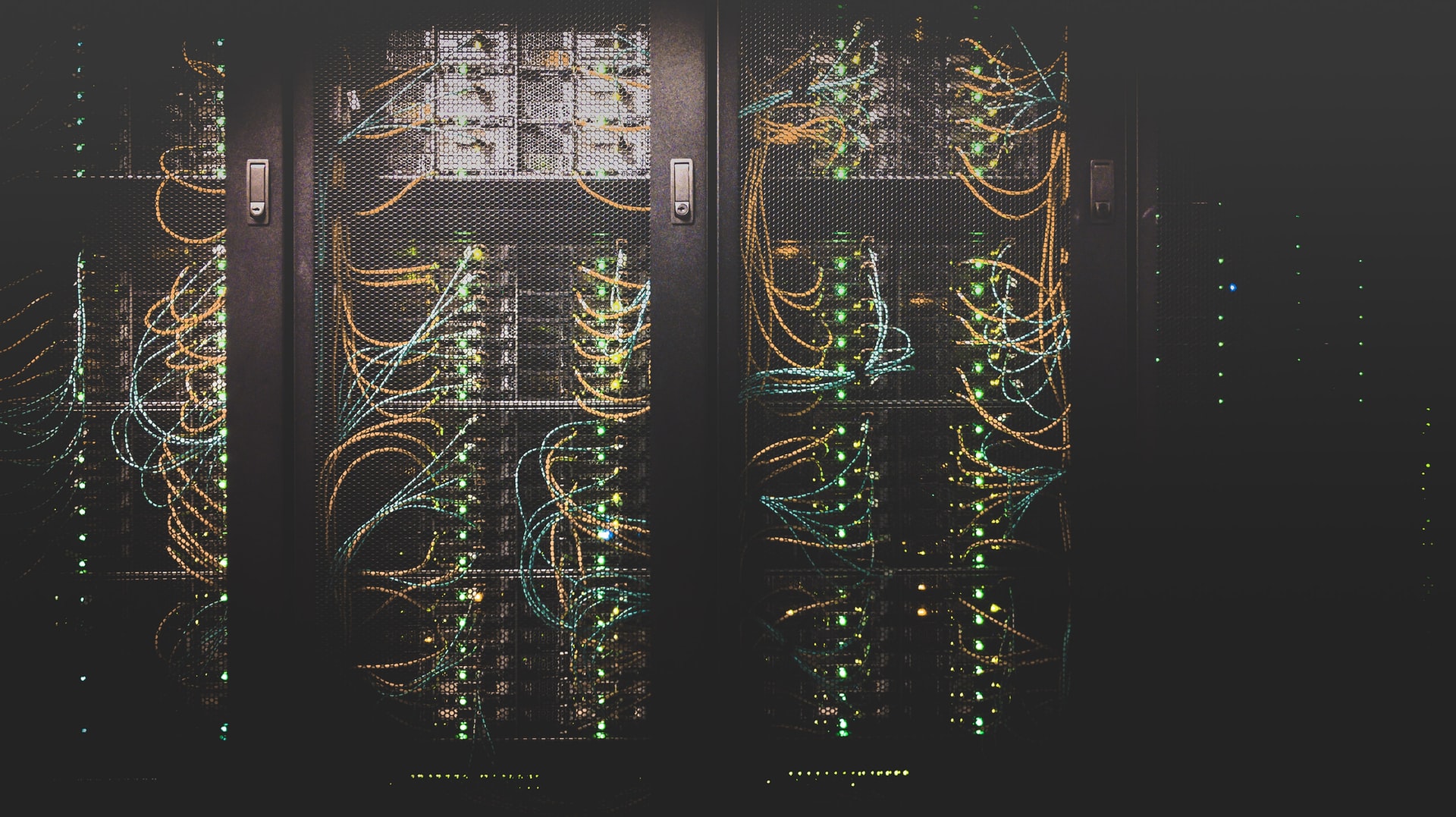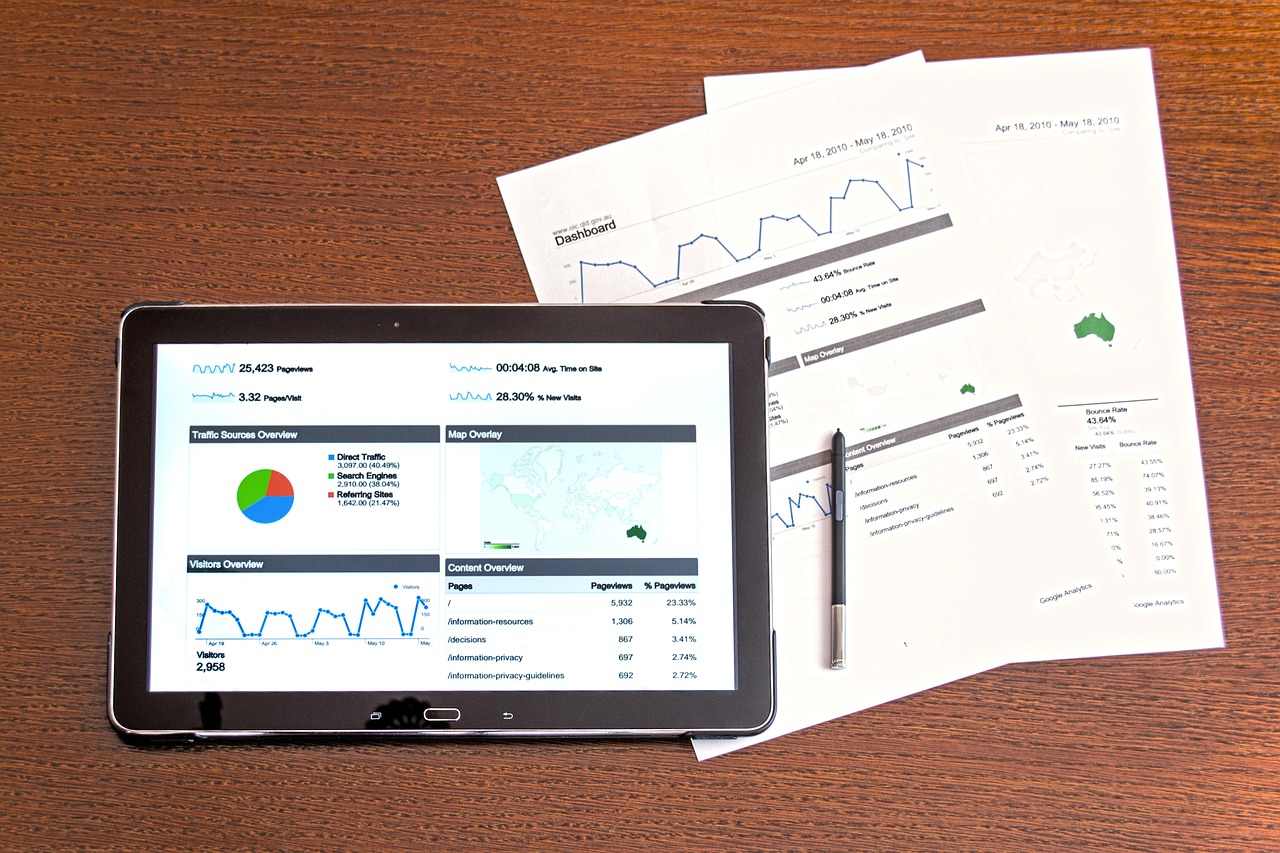The Impact of Internet on the Environment

Writing e-mails, shopping, watching series: According to studies, the Internet accounts for about three percent of CO2 emissions worldwide. Networks, data centers, and end devices consume energy – but there are approaches to reduce the CO2 footprint like the reforestation approach the Agroforestry Group does.
20 searches on Google should be as energy-intensive as an hour of the energy-saving lamp. 60 minutes of video streaming should release as much C02 as a kilometer by car. That doesn’t sound dramatic at first, but with around 4 billion Internet users, a lot comes together. Ralph Hintemann conducts research at the Borderstep Institute on sustainability processes in digitization and explains: “Overall if you look at all the studies, you can say that we can assume that the Internet generates about two and a half to three percent of global CO2 emissions.”
That’s a little more than Germany’s emissions. The enormous energy consumption of the Internet is roughly divided into three areas. There are the data centers, where the data is processed, then there are the networks, for the operation of which large systems are required – and finally the end devices of the users.
What needs to happen?
In view of digitization that encompasses more and more areas of life, the question arises: What needs to happen so that the Internet does not become the number one climate killer? Hintemann is primarily concerned with solutions for data centers.
“Ultimately, we have had significant efficiency improvements in data centers for years. The computing power that I receive per kilowatt-hour of electricity also increases very significantly. But we have a trend that we need more and more computing power and this ultimately overcompensates for the efficiency advances, so that the energy demand of the data centers increases, even though the technology is becoming more and more efficient.”
So higher computing power is not enough. However, Hintemann also sees savings potential in the systems themselves, for example in the complex cooling. In Germany, you hardly have to spend any energy on this.
“Most of the year you can just use the outside air and you don’t have to create an extra cold, which is very energy-intensive.”
Where energy cannot be saved, you can at least use the waste heat from the data centers, for heating residential areas, for example. Some pilot projects of this kind already exist.
And of course, it plays a decisive role whether the server farms are operated with electricity from fossil or renewable energies. In order for all data centers to be able to use green electricity without it being missing elsewhere, however, hintemann believes that much still has to change in the generation structure in Germany.
ALSO READ: Overview on Web Servers Used in Web Hosting
E-mail service without spam folder
The e-mail service Posteo is one of the few Internet providers that only uses green electricity for its servers and tries to keep the number of servers as low as possible – through sustainable programming. Co-founder Patrik Löhr explains: “So definitely the hardware is the bigger factor, but when we program stuff for our service, it’s already the case that we can influence how we make things efficient through our programming so that many customers with the same software can be served by a server in less time.”
At Posteo, for example, there is no spam folder. The unwanted emails are rejected directly so that they do not have to be processed and stored on the servers. In order to use sustainable software, Posteo also programs a lot itself. Standard software is usually designed for so many possible applications that it is overloaded and thus more energy-intensive, says Patrick Löhr. Data protection also has a lot to do with sustainability.
“Everything we don’t log, all the stuff to merge profiles of users, it all needs memory and space and we don’t need it. In fact, when developers are new to us, it is very unusual for them to make sure that they only ever store what we want to be stored. This is actually not easy sometimes, because such development frameworks, which there are a lot, simply create umpteen database fields on their own and fill them by default with data that someone once thought you would probably need to analyze what do I know.”
Videos in low resolution
However, many Internet services are financed in exactly the same way. Through advertising and by collecting and passing on as much user data as possible – and thus generate a lot of data traffic.
Apart from advertising, it is difficult for users to see from the outside how resource-saving a website is programmed. Nevertheless, there are possibilities to reduce your own CO2 footprint when surfing. For example, if you use an adblocker and watch or send videos as low as possible, you reduce data. It also makes sense to delete e-mails that you no longer need, says Patrick Löhr.
“The single email won’t make sure we can somehow shut down a server. But we have several hundred thousand users and yes, it helps if you delete your e-mails. As a result, the mailboxes are getting smaller, taking up less storage space, we have to buy new servers less quickly and that definitely helps against energy consumption, against resource consumption – to produce the servers and thus against climate change.”
Ralph Hintemann recommends taking care to buy mobile phones or computers that consume little electricity. And once you have bought them, do not exchange them for the latest model next year. Because:
“These devices have the majority of their climate impact in manufacturing. This means that with a smartphone, the CO2 emissions in production are responsible for about 80 percent of the total CO2 footprint. And only 20 percent is the actual use, i.e. the electricity that the smartphone needs afterward.”





